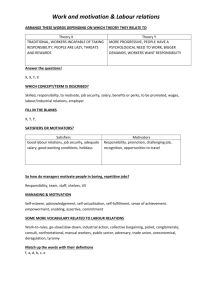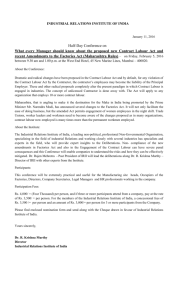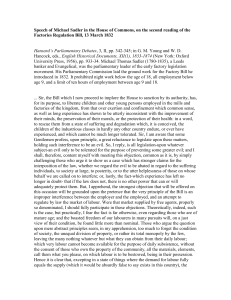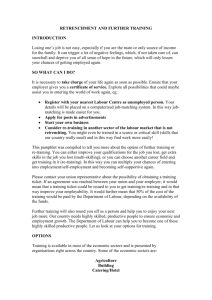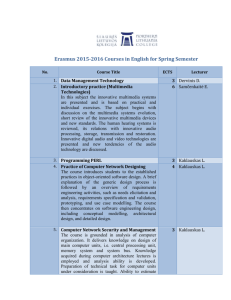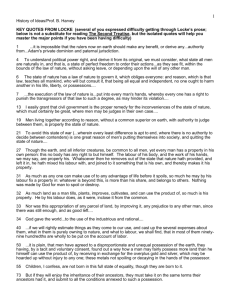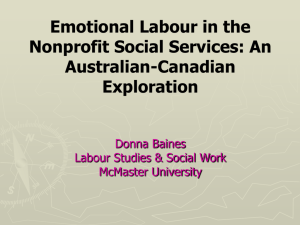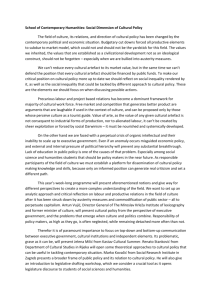Document
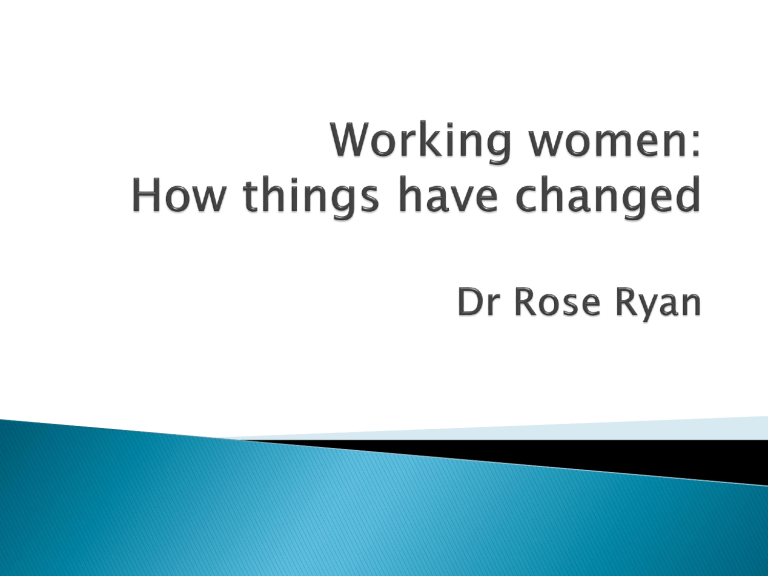
23% of university students
8% of married women in paid work
25% of women in the labour force
3 elected members of Parliament
Our most common occupation was clerical work
Waterfront dispute union protest, Wellington 1951
33% of tertiary education students
26% of married women in the full time labour force
39% of women overall in the labour force
4 elected members of Parliament
Our most common occupation was clerical work
Women earned 69% of men’s average
OT hourly earnings
Air hostesses model new NEC uniforms in the 1970s
55% of tertiary education students
61% of women in the labour force
40 woman members of Parliament
Our most common occupation is service and sales work.
350 000
300 000
250 000
200 000
150 000
100 000
50 000
0
Mäori
Pacific Peoples
Asian
Middle Eastern/Latin
American/African(5)
1991 1996 2001 2006
Source: Statistics New Zealand
New Zealand women: o have less children and have them later in life o o are older are healthier than we have ever been o o o are increasingly the head of one parent household are more educated spend more of our working lives in the labour force than in the past
35 000
30 000
25 000
20 000
15 000
10 000
5 000
0
Men 2006
Women 2006
80
70
60
50
40
30
20
10
0
15-19 20-24 25-34 35-44 45-54 55-64 15-64
1951
1971
2001
$35 000
$30 000
$25 000
$20 000
$15 000
$10 000
$5 000
$0
Men
Women
$45 000
$40 000
$35 000
$30 000
$25 000
$20 000
$15 000
$10 000
$5 000
$0
1996 1997 1998 1999 2000 2001 2002
Men
Women
350
300
250
200
150
100
50
0
2000 2002 2004 2006
Agriculture, forestry and fishing
Manufacturing
200
150
100
50
0
2000 2002 2004 2006
Education
Health and community services
1891
Domestic servant
Nurse
School teacher
Shop Assistant
Washer woman
Hotel/restaurant servant
Dress maker
Sewing machinist / tailor
Farmer
2001
Caregiver
Registered nurse
Primary school teacher
Sales assistant
Cleaner
Retail manager
Secretary
Accounts clerk
General clerk
400 000
350 000
300 000
250 000
200 000
150 000
100 000
50 000
0
Men Number
Women Number
80
70
60
50
40
30
20
10
0
Men
Women
700,0
600,0
500,0
400,0
300,0
200,0
100,0
0,0
Men
Women
60%
50%
40%
30%
20%
10%
0%
<1 2 4 6 8 10 12 14 16
% employed fulltime
% employed parttime
300
250
200
150
100
50
0
Men women
Equal Pay Act
Maternity leave introduced
Sexual harassment prohibited
Human Rights Act
Paid parental leave
Health and Safety in Employment Act
Employment Relations Act
Four weeks annual leave
Minimum wage rises
Flexible working hours legislation
“At work, Dad will operate on a 24 hour week. The office will be airconditioned with stimulating scents and extra oxygen - to give a physical and psychological lift.”
A growing resource divide?
Changing attitudes to work?
The global consequences of climate change on the labour market?
The interface between personal health and work?
Changing nature of households
Kiwis returning home?
Market economy vs a market society?
Dr Rose Ryan roser@athenaresearch.co.nz










